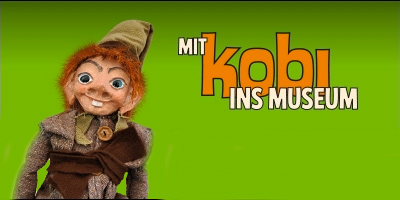Traditional Easter egg decorating at the Bloischdorf Village Museum
Everyone is invited to learn about, try out and apply two traditional Sorbian techniques for decorating Easter eggs.
Traditional ornaments and patterns are applied to the egg with pinheads and quills.
In the wax-bossing technique, wax in different colours is dabbed onto the white, brown or previously coloured egg. The coloured wax remains on the Easter egg. The wax dabbing technique is more time-consuming, as the ornaments are dabbed on with wax in several passes and the egg is repeatedly dipped into different colour baths between waxing. At the end, the wax is removed from the egg again.
The programme takes place indoors and is aimed at daycare centres and schoolchildren
of classes 1 to 10.
Dates: 4 weeks before Easter
Pre-registration: at least 3 weeks in advance
Duration: approx. 2 hours
Group size: 10 to 30 people
Contribution towards expenses per person: € 7.00
2 carers of the group have free admission
Bloischdorf Museum Barn

